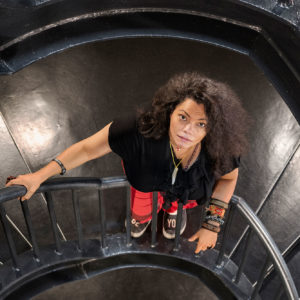Wits Art Museum focuses on a year of women
Representivity, inclusivity and accessibility can’t be tick-box exercises if the world of art and museums has any hope of actual transformation and sustained relevance.
Author:
20 April 2022
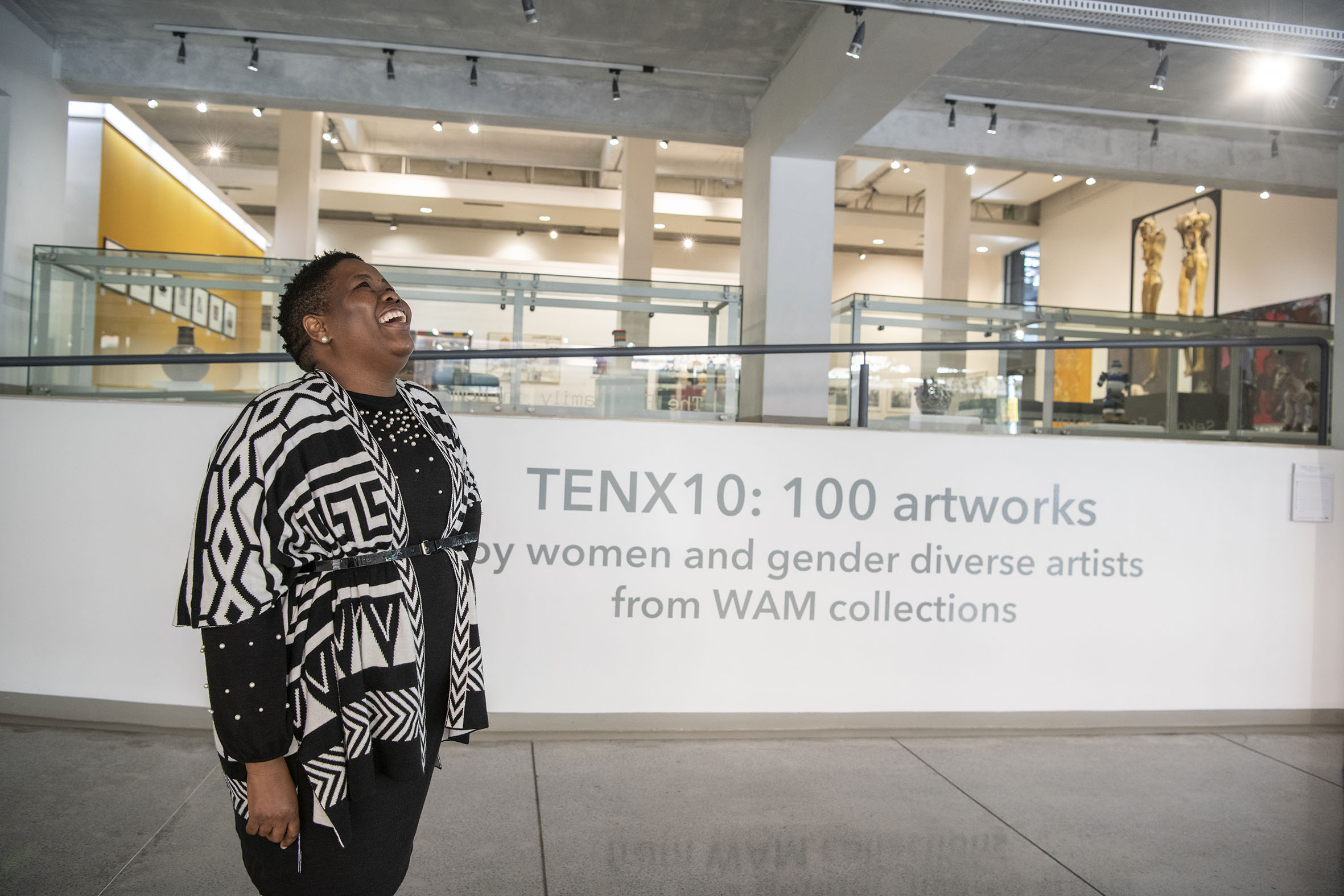
Double digits are a milestone, also a moment for reflection. For the Wits Arts Museum (WAM) at 10 years, reckoning comes with questions about whose art gets seen, whose art is elevated to solo exhibition status and ultimately who and what controls the economics of art.
For WAM’s curators, the answers circle back to the reality that women and people in the queer community remain in the margins. Systemic sexism props up the status quo in the art world and keeps the balance of representation unequal. It’s also a moment that brings into sharper focus that sustainability and evolving relevance for an art museum in 2022 needs reframing, too.
WAM special projects curator Fiona Rankin-Smith puts it plainly: “Who do you think controls the galleries and art sales and prices? It’s still mostly white men.”
In reviewing their exhibitions over the past 10 years, Rankin-Smith and WAM senior curator Julia Charlton were taken aback when they realised their own blind spot and that the arts museum had fallen into the same trap.
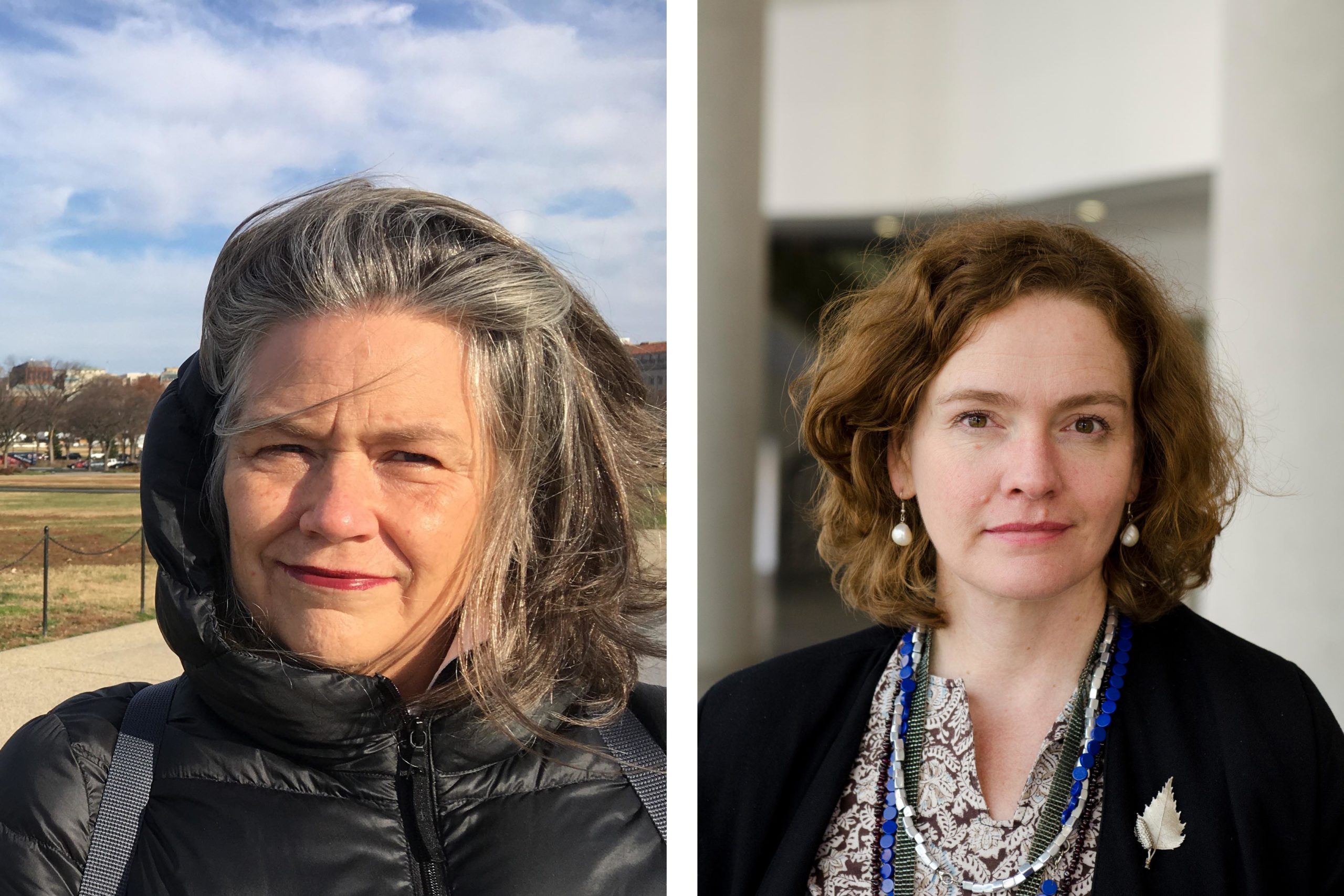
“It’s not that we have never featured female artists or queer artists, but when we counted up the number of solo exhibitions over the years it was weighted in favour of men,” says Charlton.
It led to the decision that at its milestone of 10 years – and as Wits University celebrates its centenary – WAM would reserve solo exhibitions for works by women and gender-diverse artists. Its TENX10: 100 Artworks, by Women and Gender Diverse Artists exhibition kicks off this year-long focus.
The exhibition features works from Wits’ extensive collection of more than 15 000 pieces of artwork, artefacts and ephemera collected through different streams and departments over the decades. The 100 pieces on display have all been created by women and queer artists, some high-profile artists and others unknown. Their anonymity offers damning clues as to how early Western collectors considered women artists and whole genres of art “unworthy” or too insignificant to be afforded individual recognition.
The scope of the project
TENX10 is an exhibition that is massive in scope and diversity, making it seemingly impossible to thread together. But the pieces are curated to tease out themes and to connect or deliberately collide with each other across media, techniques, time, place and subject.
There are themes of the body, gender roles and the undoing of these gender stereotypes. There’s a pause at memory, land and a diary of Covid-19 lockdown in tapestry. The exhibition touches on history turned intimate and personal, and also where there is sway and statement in pieces made with collective purpose.
Related article:
Personal is the Zulu beadwork bag made by an unknown person and fashioned to hold a dompas, a passbook held close to her black body every single day from the moment the Native Act of 1952 was passed. From a collective there are works of a “curtain” made from cards woven together as a sheer-drop memorial of sorts to victims of Aids. A closer look reveals the curtain to be made from dozens of individual cards, each with a personal message of loss and longing.
Rankin-Smith has skilfully used a colour coding system alongside each piece in the exhibition. It guides the viewer to explore themes and see how they overlap. There’s also an unfilled square meant for personal interpretation.
“The curator brings her own informed opinions, but she is not the final arbiter of what an artwork means. Everybody’s life experience informs their own perspectives,” says Charlton.
Shifting art’s access
Finding more ways to speak to the every person has been a priority for WAM in its first decade. It started with the geography and location of the museum, the architecture, the funding structure and endowments, programming and outreach to include the likes of schools projects.
It translated to WAM being located on a ground floor and at the contiguous points of Jorissen Street and Jan Smuts Avenue, where the university campus meets its Braamfontein neighbours. The museum’s glass walls were deliberate, for openness and connecting to street life. Entrance to WAM has always been public and free, and programming has incorporated public walkabouts and interactive workshops, and is aligned to the school curriculum.
There are other details, such as wall text that “does not communicate to elites”, says Charlton. It is also simply to greet visitors with a “welcome” and the consideration of including transport fees and lunch for the school groups that need assistance.
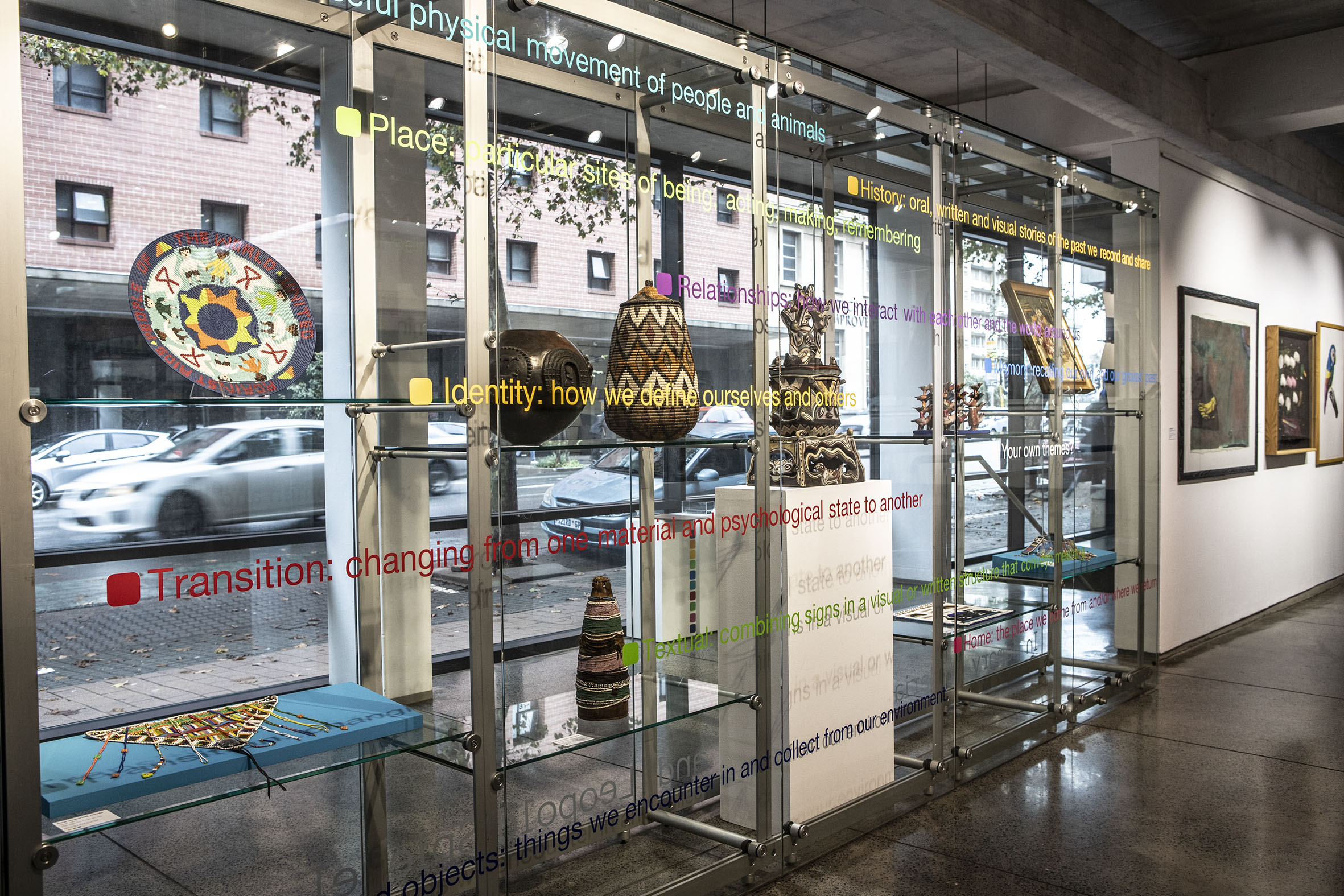
Visitors services coordinator Vuyiswa Ngesman remembers how, in the early days of WAM in 2012, she would see people stop and gaze in through the glass, but then carry on walking. “I decided to go outside and invite people in, and I’d ask them why they didn’t come in. They would say they felt they didn’t belong or that they thought it was just for Wits or that it looked expensive and they would have to pay an entry fee.”
Ngesman persisted and was open to their feedback. She translated it into change, things like better “free entrance” signage.
“Our seniors are very loyal, but in the past few years we have started getting millennials and Gen Xers, too. They were attracted to our beautiful lighting that was great for their social media posts. But here and there would be some who would ask questions and some of them would stay. Other people come here because they are early for an appointment, and there are even people who come in to ask for directions. I welcome them all,” she says.
Pushing for change
All this helped WAM go from around 2 000 visitors a year 10 years ago to up to 24 000 before Covid hit, Ngesman says. Now plotting the way out of the Covid-19 pandemic and lockdowns is the immediate goal. But a solid plan for the next 10 years that is transformative, inclusive and adapts to competing priorities and tighter budgets is essential.
“We need to create and support more posts. We need to build up capacity and diversity for when some of us retire in the near future. We also need to buy more works from young Black female and gender-diverse artists, that’s a gap there in our collection,” says Rankin-Smith.
Buying for the collection means going beyond creating a platform and giving artists exposure, it has to ensure that artists can live on the proceeds of their art and in turn produce more of it.
Cross-disciplinary artist Senzeni Marasela has a solo exhibition scheduled at WAM this year. Her work also features in the TENX10 exhibition. For Marasela, WAM’s decision to focus on gender representivity is a move in the right direction.
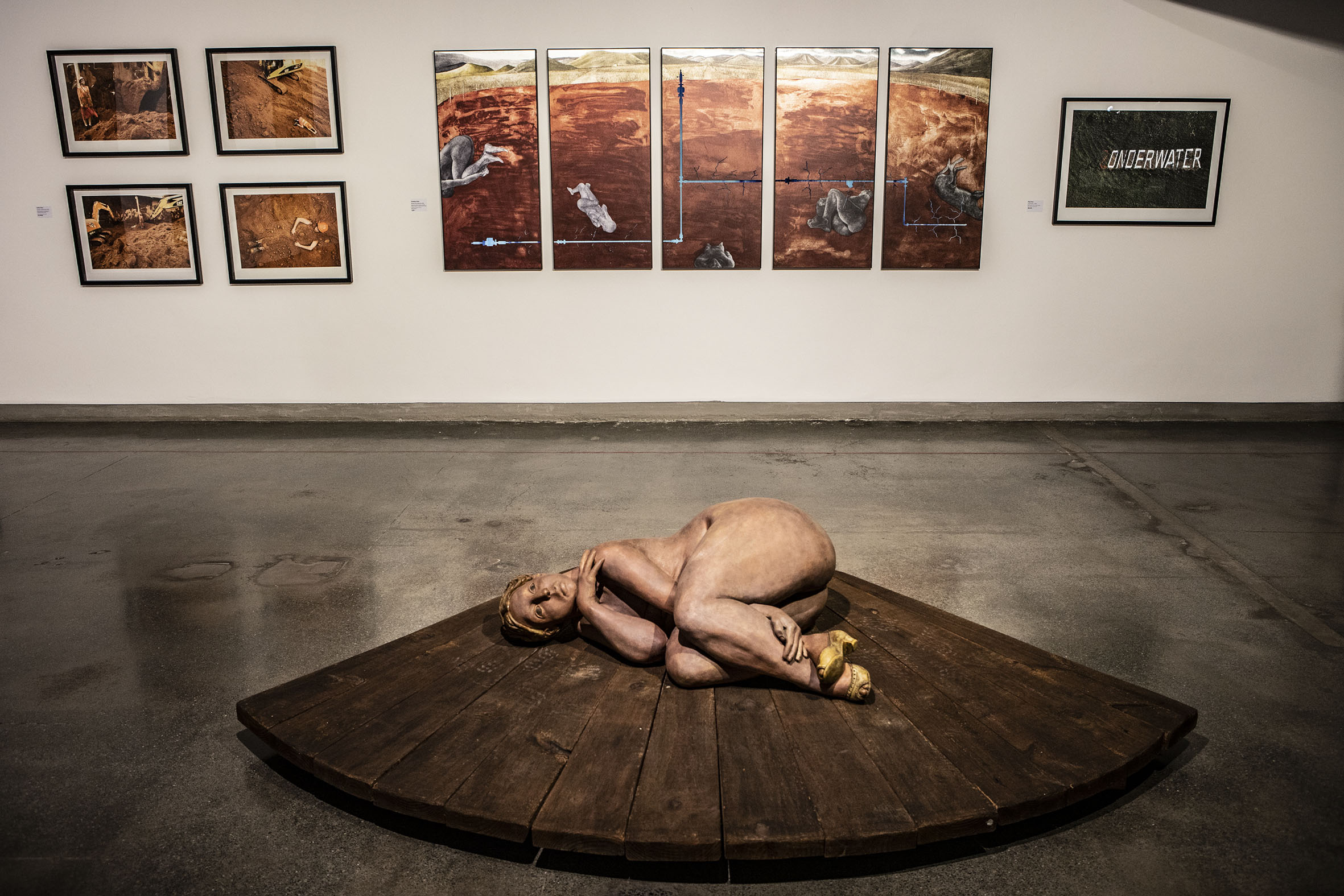
“Till gender diversity in the arts becomes normal, then we have to do this. We also know that it is white men on top, then white women, then Black men and then only Black women,” she says. But her warning is that the goal is to push for structural and systemic change for gender parity and racial diversity, not tick-box exercises. “The problem is when people look at all Black women artists as a group, then they can think they bought art from one or two Black women artists so they are done,” she says.
Marasela says that in 2022, the reality remains that many women artists, especially Black artists, cannot afford to produce art full-time. It was only in 2015 that she became an artist full-time, even though she had been creating and producing works since the 1990s. Negotiating the art world has also meant sometimes navigating the absurdity of how the value and prominence of various art is determined.
“The business of art is worth billions, but you’ll find that it’s certain people who have the power. They define the discourse, even the material that you use and whether or not your work will be sellable. So these people sway the market,” she says.
Personal reckonings
Mmakgabo Helen Sebidi, now 79 years old and having achieved international acclaim, still reflects on the humble lessons learnt from being carried on her mother’s back, and from grandparents who refused to let her settle for empty praise.
Sebidi’s Traditionally Mother is Lifesaver (1993) is a key feature at the starting point of TENX10 and her work features on the front cover of the workbook created for the exhibition. She sees it as fitting because it’s a piece that embodies the lessons for today’s women handed down from mothers and the grandmothers who have come before us.
“Lifesaver – it means that the whole story is being shared with you from the life experiences of those who have travelled, carried and collected stories from before. All of that is now being communicated with you,” says Sebidi, who received the Order of Ikhamanga Silver in 2004 for her contribution to the arts, among a long list of achievements.
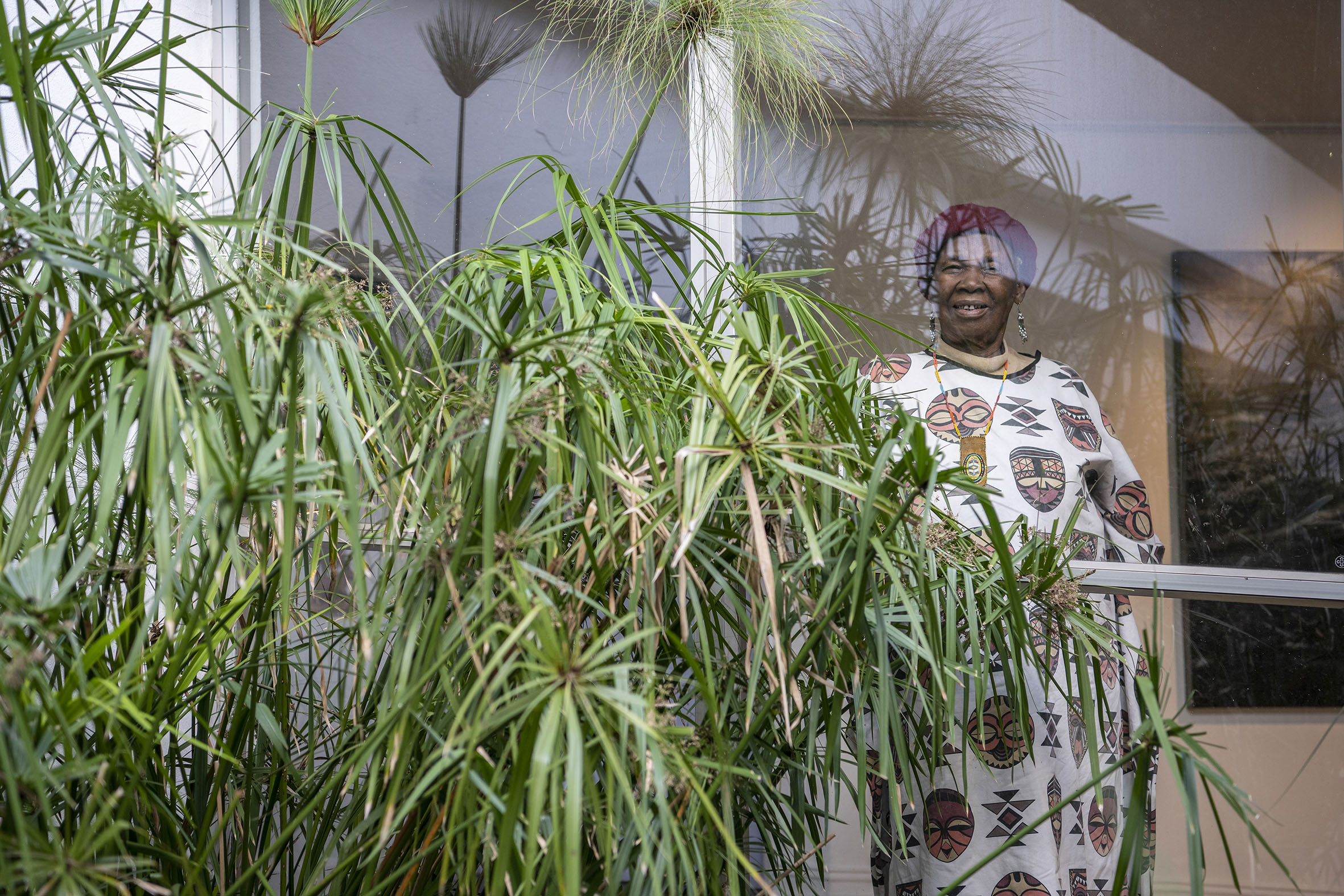
As a woman on the wrong side of apartheid in the 1970s and 1980s, she had to leave her rural home in Marapyane near Hammanskraal in northern Gauteng to look for work. She became “one of the stolen ones”, forced to leave the “lessons and life in the soil” to work in Johannesburg.
She became a domestic worker but an employer who recognised her talent helped steer her on a path to hone her skills. She would start exhibiting as one of the Johannesburg Artists Under the Sun at Zoo Lake in the 1980s, which would lead to her breakthrough into the commercial art market.
For Sebidi, the WAM exhibition’s focus on women and gender diversity restores personal truths, personal reckoning and also personal power. As she puts it: “We need this because we need to find our own pride somewhere and have that open doors for our love for ourselves.”
The TENX10 exhibition is on at the Wits Arts Museum in Braamfontein, Johannesburg, until 23 July 2022.

